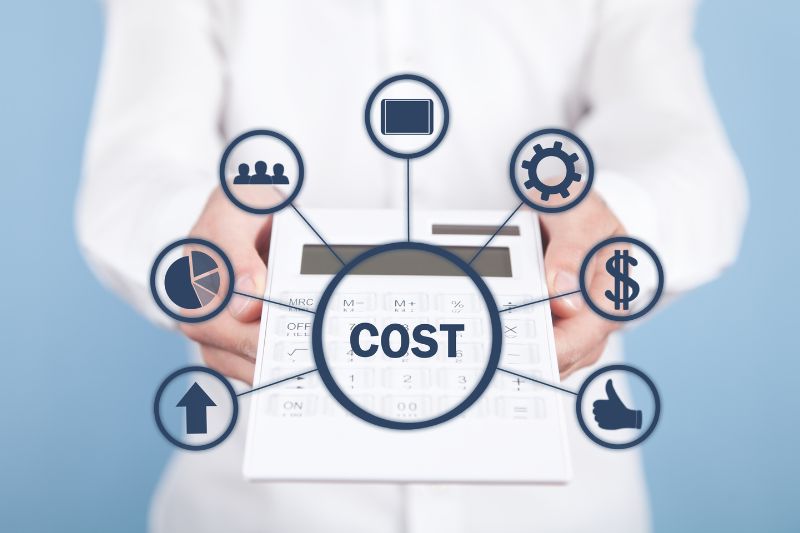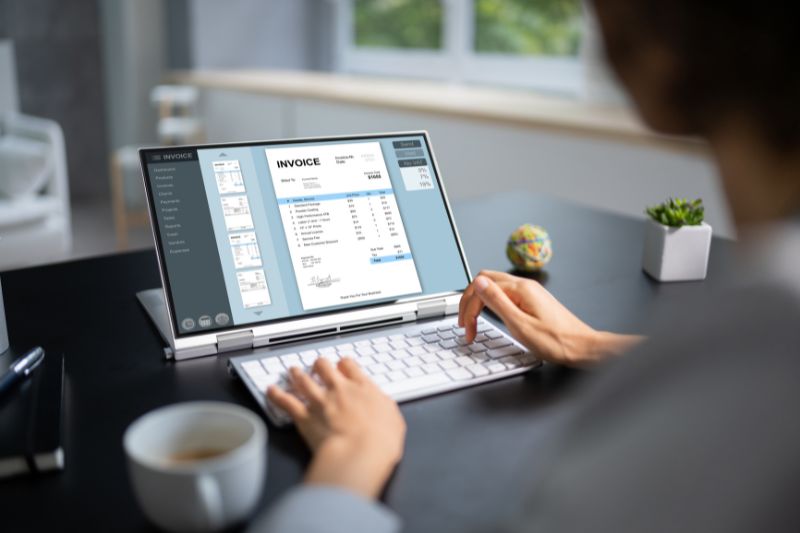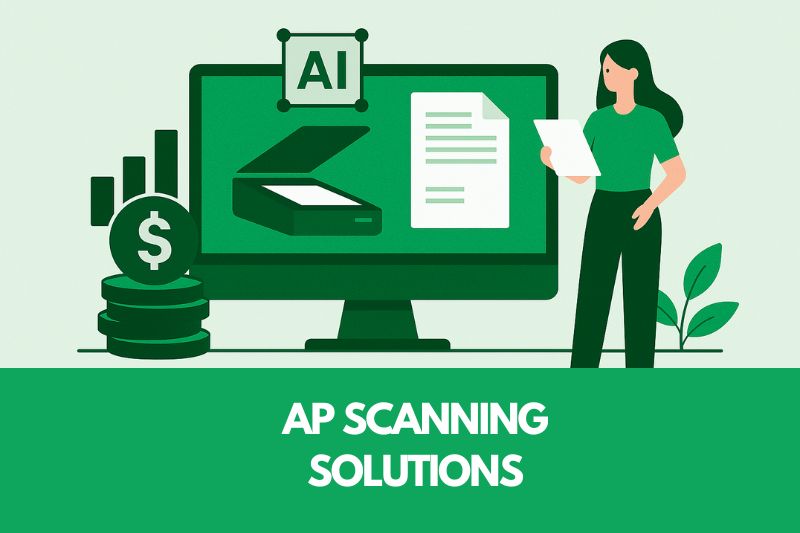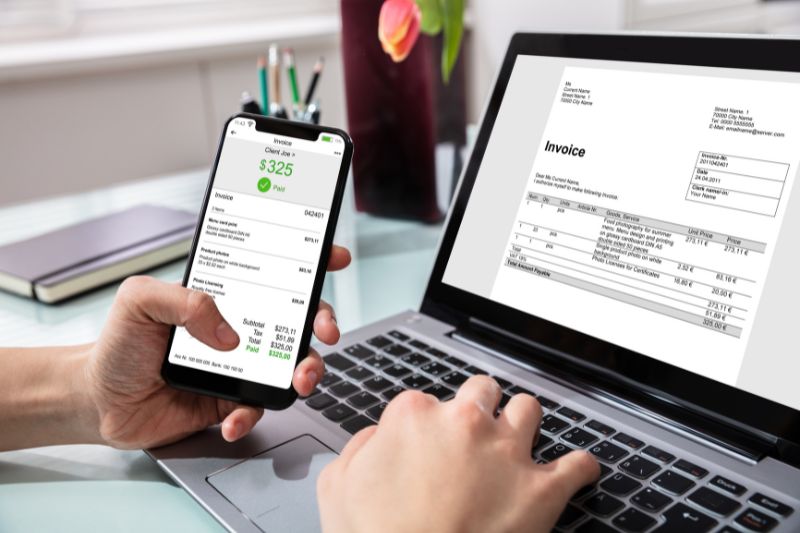How To Choose The Right Accounting Software For Your Business

Choosing the right accounting software is an important decision, and one that’s not easily made. Also, the sheer number of accounting software providers competing in the market can be mind-boggling.
You’re likely asking: How can I make this process of selecting accounting software easier on the whole company?
When there are so many choices, you need a way of getting to a shortlist quickly. We understand that. So, let’s get right down to it, with our top criteria for evaluating accounting software.
3 Top criteria for choosing accounting software
Here are our top three suggestions for choosing the right accounting software.
1. Identify your top accounting tasks
Tempting as it may be, going straight to the best accounting software reviews might not be the greatest way to start your journey. You likely are evaluating accounting software in the first place because you want to streamline financial management processes for your company. In that case, the starting point is identifying your top accounting tasks.
Why is this the number one priority? Not all the leading accounting software providers offer the same technology and functionality. Some are experts at pre-accounting automation and expense management (Envoice), some at accounts payable (Tipalti), others at accounts receivable, invoicing, and payroll (QuickBooks Online), while still others are inventory management gurus (Sage).
For example, suppose your top priority is pre-accounting automation (getting invoices, bills, and receipts scanned and accurately categorized to the correct accounts). In that case, it’s likely because you are suffering under the weight of manual data entry, human error, and inefficiencies that you’re looking for a modern accounting software to help you deal with this.
On the other hand, if you’re snowed under with invoice processing, workflow approval bottlenecks, and late vendor payments, then you need accounting software features that specifically target and address these issues.

Here’s a list to help you take stock of your most important accounting tasks:
- Do you want to cut down on manual data entry and human error in your invoice processing workflow?
- Are you spending too much time manually creating and chasing invoices?
- Are payroll and contractor payments eating into valuable time and causing tax compliance worries?
- Are you struggling to handle transactions in multiple currencies and across international clients?
- Are you finding it impossible to consolidate financial data across locations and business units?
- Do you wish there were an easier way to track expenses, reimburse employees, create spending budgets, and create expense reports?
- Are you looking for a way to ensure accurate tax deductions?
2. Cloud-based accounting software vs. desktop accounting software
Does it seem strange that this should make it to second place on the list of top criteria?
It shouldn’t.
Desktop and cloud software can vastly differ in their features and functionality, and knowing which one you need is a key consideration. It will impact how you work, where you work, what data can be shared, and how easily your team can collaborate. Let’s explain.
Online accounting software (cloud-based)
It used to be that only large corporations with their own services could benefit from cloud services, but today that’s all changed.
The cloud accounting software market has grown exponentially in recent years and will continue to do so with a compounded growth rate of 9.9% per annum until 2029. [1] This market has levelled the playing field substantially, and now even small businesses are using cloud accounting software.
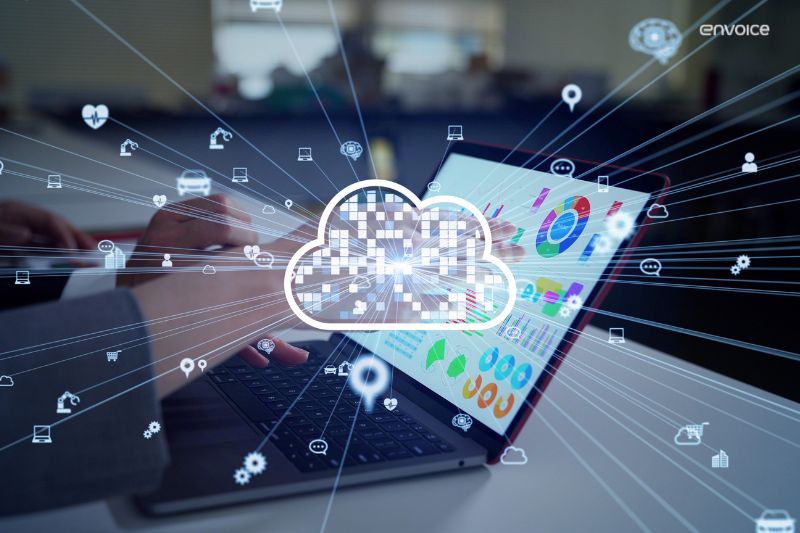
Cloud accounting software solutions run through a secure web browser and/or mobile app. You pay a monthly or annual subscription fee, and depending on the package you choose, you get a certain number of features. This works on a ‘buy only what you need’ model, and allows top accounting software providers to offer top accounting systems at affordable prices.
The benefits of online accounting software:
- Access from anywhere in the world for as many users as you need.
- Off-site data storage reduces the need for on-site filing and safety cabinets.
- Automatic backups and updates to the software (no more purchasing new software licences every few years).
- Real-time data collection and visibility. Through the use of a dashboard, you get the most important financial data as it’s being processed, and check on your company’s financial health consistently.
- Share access with team members, accountants, auditors, and tax consultants by setting up admin controls.
- Powerful integration capabilities allow sync between all your systems. This eliminates the need for manual data entry into multiple apps.
One major concern about using cloud-based accounting software is data protection. Since they hold your sensitive financial data, there is a risk of cyberattacks and security breaches. This concern is not unfounded, but the best-known service providers are acutely aware of this facet of their business and use the latest in cyber protection systems.
How your financial data is protected by online service providers
Your company’s financial data is protected by a number of security protocols. When reviewing your software shortlist, speak to the provider and ask them about their compliance with the following:
- Data encryption using algorithms like AES-256 makes it unreadable without proper keys and offers robust security measures.
- SOC1/SOC2/SOC3 compliance, which ensures strict standards around data security, processing integrity, and privacy.
- ISO/IEC 27001 certification shows that the provider has a systematic and risk-based approach to managing sensitive data.
- Multi-factor authentication adds an extra layer of protection to log-ins and access to your business finances.
- Monitoring of data centers and disaster recovery in the event of a security breach.
Desktop accounting software
For some companies, this is the only option for using basic accounting software, even though it is becoming less and less popular. Desktop software requires you to purchase a one-time licence, which gives you access to downloadable software.
Desktop software benefits:
- Tight control over the business’s financial data and the security thereof. For some companies, it’s vital that their financial data is protected under layers and layers of security, encryption, and passkeys. You can think along the lines of governmental organizations and financial institutions.
- The smooth operation of financial processes and the retention of historical data when no cloud-based conversion is available.
- Reduced accounting software cost as it doesn’t attract a monthly or annual subscription fee.
Desktop software is still a viable option for companies that need a tightly controlled IT environment, have unstable internet access, or have on-site accounting teams with no need for further collaboration.
3. Intuitive interface
Why is this important? Because any software is only as good as your ability to navigate through all its functions.
A cluttered, difficult-to-navigate, and outdated interface will affect your experience of the software. Let’s face it – every software user wants a system that’s so easy to use, it almost does the work for them. This is where a free trial comes in handy.
Why is a free trial so valuable?
Most leading accounting software providers offer a free trial, and you should absolutely take advantage of it. In fact, we would go as far as to say that you can’t decide on the right accounting software for business without taking it for a test drive.

Get your most critical and least experienced team members together and let them work through the trial, testing how it responds to your most important workflows and tasks.
This hands-on experience will:
- Allow you to test whether it’s a user-friendly interface responsive to real-life scenarios.
- Help you evaluate different features and how they apply to your internal processes.
- Give you an idea of how the software will handle automated invoicing, tracking expenses, inventory tracking, and payment processing.
- Provide you with insight into how it will depict your company’s financial performance.
- Identify frustrations, confusing workflows, errors in categorization, confusing menus, and other deal breakers.
- Assist you in testing its ability to scale for future growth.
- Provide you with an idea of how it will integrate with your other accounting tools.
Comparison of the most popular accounting programs
| Accounting solution | Best For | Top 3 Features | Monthly Pricing |
| Envoice (cloud-based) | Small- and medium-sized companies
Accounting firms |
|
Essentials – $7
Business – $14 |
| QuickBooks Online (cloud-based)
*Integrates with Envoice |
Small- and medium-sized companies |
|
$35 – $235
(Free trial offered) |
| FreshBooks (cloud-based) | Freelancers and service-based businesses |
|
$21- $65
(free trial offered) |
| Xero (cloud-based)
*Integrates with Envoice |
Small- and medium-sized companies |
|
$20- $80
(free trial offered) |
| Sage Intacct (cloud-based)
*Integrates with Envoice |
Medium- and large-sized companies |
|
Unavailable |
As seen above, each accounting software offers slightly different features, which takes us back to the number one priority for choosing the right accounting software: identify your top accounting tasks. This will help you to get to your shortlist faster than any other method.
Accounting software costs
Most accounting programs are about more than offering support for your financial operations – they are an investment in a suite of services that will add ongoing value to your business processes. Rather than simply comparing what you get dollar-for-dollar, focus on what you get for the subscription amount you pay monthly.
Businesses rarely consider things like customer support, accounting support from professionals, and the ability to get a business loan or a credit card through the service provider as a top priority when looking at costs. However, these lesser thought-of benefits can be a lifeline when you encounter problems.
Furthermore, you’ll be paying for:
- Number of users and permission levels.
- Number of transactions or documents.
- Modules or add-ons.
- Automation capabilities such as automated bank recons and batch reconciliations.
- Workflow automation.
- Help center, resources, and 24/7 chat support.
- Onboarding and migration assistance.
All these ‘extras’ should be considered when calculating the final costs vs. the benefits you will receive.
Performing a cost-benefit analysis
Accounting software makes your life much easier – we can all agree on that, provided you find the right software to suit your accounting processes and business goals.
When you’re in the final stages of making your decision, and you need something concrete to show the decision makers, a cost-benefit analysis will help you.
Here’s what you should consider:
- Identify direct benefits such as time savings, error reductions, and increased efficiencies.
- Quantify the indirect gains, such as improved cash flow and financial well-being, scalability, and team productivity.
- Calculate the total cost of ownership by considering the subscription fees, cost of onboarding and training, and add-on services.
Example:
If an automation tool saves 100 hours of manual data entry at $50 an hour ($5,000), and you save $1,200 in error-related costs, then your annual benefit value is $6,200. If the total cost of ownership amounts to $3,600, you have gained $2,600.
This is a basic example of how you can view the ROI associated with purchasing the right accounting software, but it does help you visualize the savings.
Conclusion
Choosing the right accounting software for your business requires a systematic approach that begins with identifying your top accounting tasks, then deciding whether you want to go cloud-based or use a desktop version, and lastly, carefully considering the user interface by ‘test-driving’ the desktop or cloud software with a free trial.
Having thoroughly covered those three areas, you’ll be ready to apply your knowledge to the costing and the benefits you’ll get from using the software. Then, making the decision will become easier, as one clear winner emerges from your shortlist.
We trust this answers the question posed at the start of our discussion – how you can make this decision easy for the whole company- and we look forward to discussing developments in accounting automation in the future.
If you’re looking for a powerful pre-accounting automation tool that focuses on high-quality data extraction, workflow approvals, and expense management, choose Envoice.
References:
STAY ALWAYS TUNED
Subscribe to newsletter
Still not sure?
- Don’t spend time on manual work
- Streamline bookkeeping processes with AI
- Automate invoice processing
- Integrate with the tools you rely on every day







